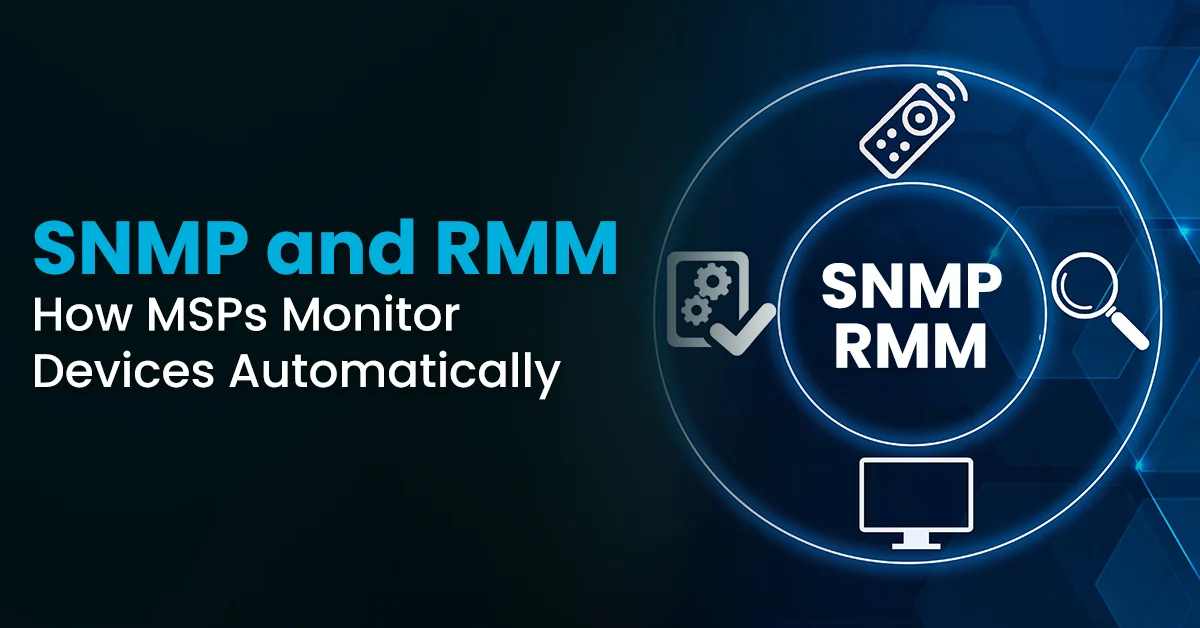In the constantly changing world of Managed Service Providers (MSPs), I’ve discovered that understanding mergers and acquisitions (M&A) is a journey of exploration. Recently, I had the opportunity of sitting down with Hartland Ross to dive into the nuances that distinguish successful transactions in this sector. Our conversation served as a reminder of the critical components that shape business value and the potential for growth within the MSP landscape.
The Seller’s Market: Embracing Opportunity Amid Challenges
Hartland pointed out an important tendency as we worked through the intricacies of the current market: it’s a seller’s market. MSP owners are in a unique position of power when there are more buyers than sellers. But there are drawbacks to this possibility as well; many owners are dealing with security issues, possible liabilities, and the burnout that frequently follows years of arduous labor. For people who started their companies twenty years ago and are currently thinking about their departure plans, this is a critical time.
What’s particularly intriguing is the fragmentation of the industry. With approximately 50,000 MSPs in the U.S., larger firms are continuously acquiring smaller ones, leading to a cascade of shifts in the market. Buyers are keen on businesses with a robust monthly recurring revenue (MRR), ideally around 70-80%, seeking stability and predictable income streams.
Maximizing Value: The Path to Successful Transactions
Owing to the competitive environment, how can MSP owners optimize the value of their company? Hartland underlined how critical it is to lessen owner dependence. Potential purchasers find a corporation that can function without the owner’s assistance far more appealing. He said, “When a company depends too much on its owner, it raises red flags for buyers.”
Comprehending valuation is similarly important. An MSP with best-in-class key performance indicators (KPIs) and a $5 million annual revenue must have reasonable expectations for valuation multiples. In contrast to a fixed asset, a business’s value varies according to market demand and particular payment arrangements.
Navigating Growth Challenges: Proactive Strategies for Success
We also talked about the difficulties that purchasers are facing in this environment. It is crucial for sellers to proactively improve their organizations because the growing expense of organic expansion might impede efficient scaling. As Hartland aptly noted, for individuals who have the luxury of time, improving business procedures through strategic measures can have a big impact on a sale’s outcome.
I brought up the subject of how foreign factors, such tariffs and currency changes, affect Canadian MSPs during our conversation. Hartland pointed out that although these changes would help Canadian companies that serve American customers, the possibility of service taxes could make things more difficult for international providers.
Conclusion: The Future of M&A Awaits
Reflecting on our conversation, I recognize the importance of staying informed and prepared in this dynamic M&A environment. MSP owners who take proactive steps to enhance their business value will not only find success in the current landscape but also position themselves favourably for the future.
For those of you who are looking to explore opportunities in the M&A market, I encourage you to check out resources at themspbroker.com or thehostbroker.com for weekly insights and updates.
I thank Hartland for joining me on this journey through the M&A landscape. If you’re considering your next steps or have questions about navigating these waters, let’s connect and explore the possibilities together.
Until next time, equip yourself with such transformational insights by subscribing to our YouTube channel.








